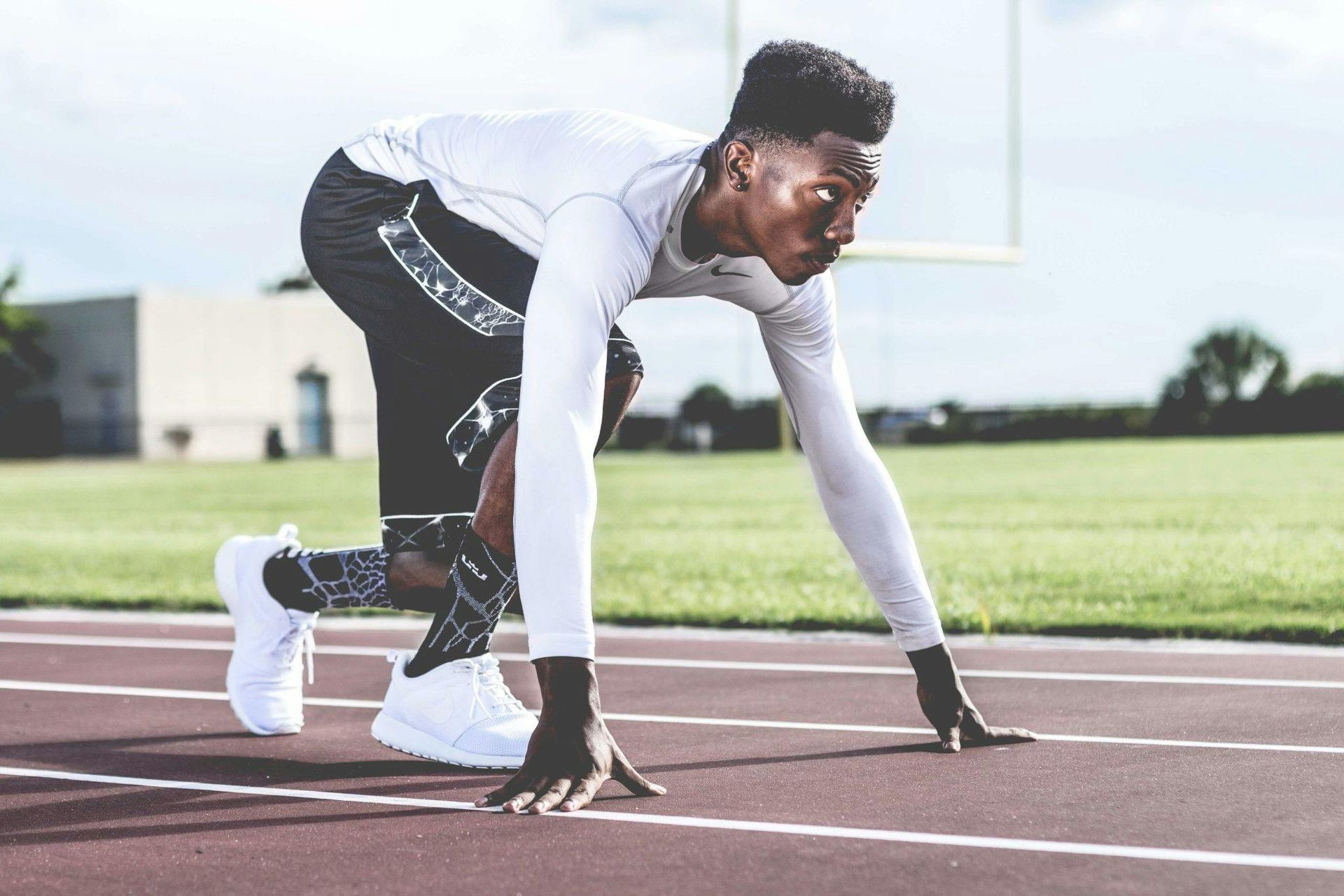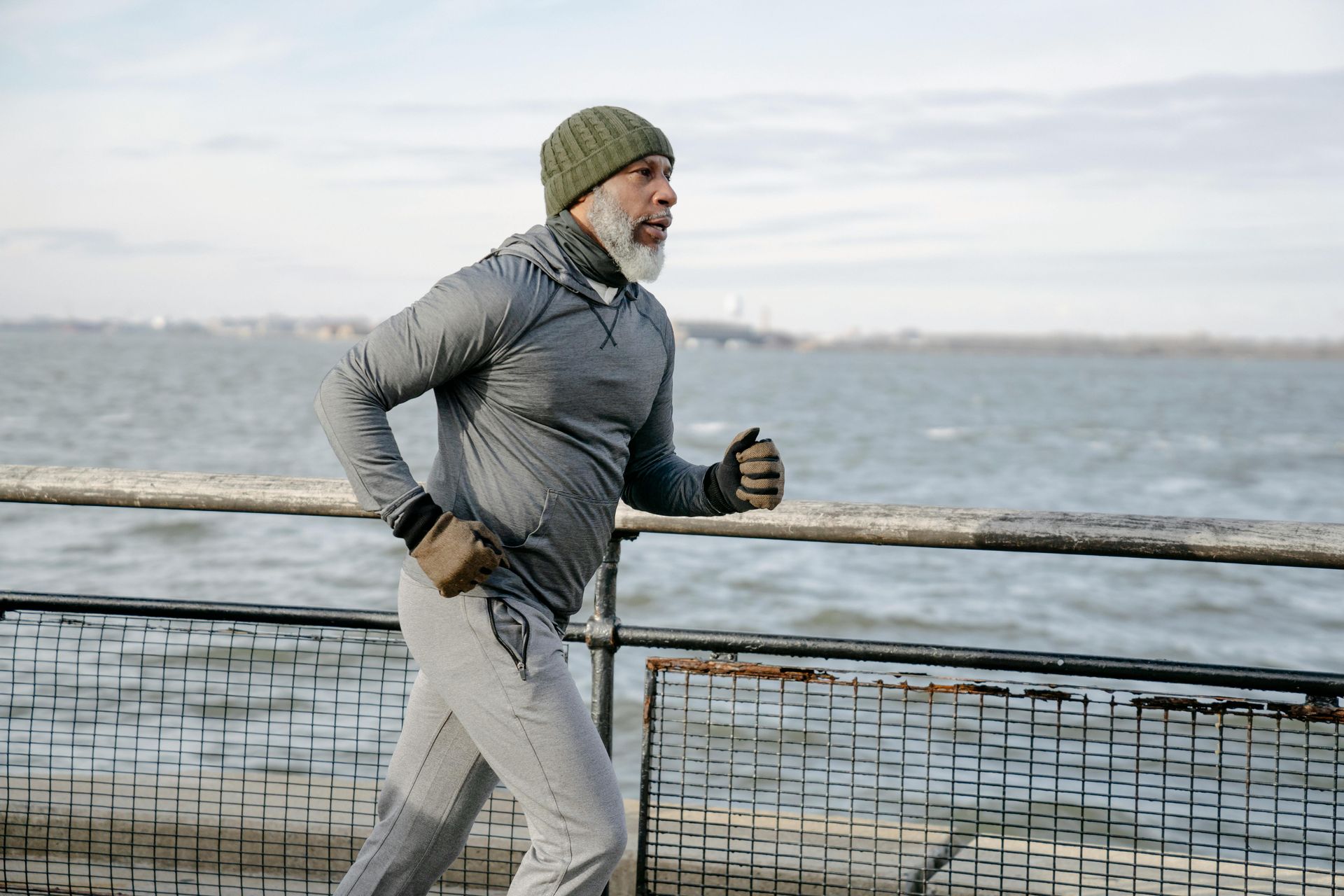Strength Training for Runners: The Facts & Figures

Strength training is crucial for any runner to help reduce the risk of any injury and improve your performance.
You cant go wrong by getting strong, so check out this great article by Rich Willy: 5 Myths of Strength Training for Endurance Running.
Key Points:
1) Reduced Risk of Injury:
Resistance training can reduce the risk of overuse injuries by approximately 50% (Lauerson, Bertelsen, and Anderson, 2014).
2) Myth-Busting Weight Gain:
A common misconception is that resistance training leads to weight gain and reduces running performance. In reality, adding resistance training to an endurance program doesn’t increase total body mass.
3) Improved Performance:
Strength training can improve running economy and speed. For instance, six weeks of heavy weight training (2x per week, 4 sets of 4 reps at 80% 1RM with lunges and heel raises) improved 5km race times by nearly 4%—those who didn’t incorporate weight training saw no improvement (Karston et al., 2016).
4) Intensity Matters:
Light circuit-style resistance training doesn’t boost endurance running. Instead, runners should engage in heavy strength training after a preparatory phase of 2–4 weeks using lighter weights (2–4 sets of 15 reps).
5) Focus Beyond Glutes:
While glute muscles are important, the calf and thigh muscles play a larger role in supporting our bodies during running. The calf muscles alone contribute about 50% of the torque needed for body support while running (Willy et al., 2017). Notably, the calf's push-off strength declines by around 31% between ages 20 and 60 (Devita et al., 2016)—so keep those calves strong!
6) Mechanics, Not Myths:
Strength training won’t “fix” running mechanics. Contrary to popular belief, weak glute muscles don’t necessarily cause the knee to collapse inward, and there’s little evidence linking weak glutes to hip adduction (knee movement inward) during running (Baggaley et al., 2015).
7) Stick to Core Exercises:
Exercises that mimic running don’t necessarily translate to better running performance (Willy and Davis, 2011). Instead, focus on essential exercises like deadlifts, squats, lunges, and calf raises to build a strong foundation.
Our
Physiotherapists,
Sports Therapists, and
Sports Massage Practitioners are available to assess injuries, formulate a bespoke treatment plan, and design a personalised rehab plan. Whether you’re dealing with a
sports injury or a pain while running, we’re here to help.
To book, call us at
01245 895410 or email
hello@chelmsfordphysio.co.uk.



